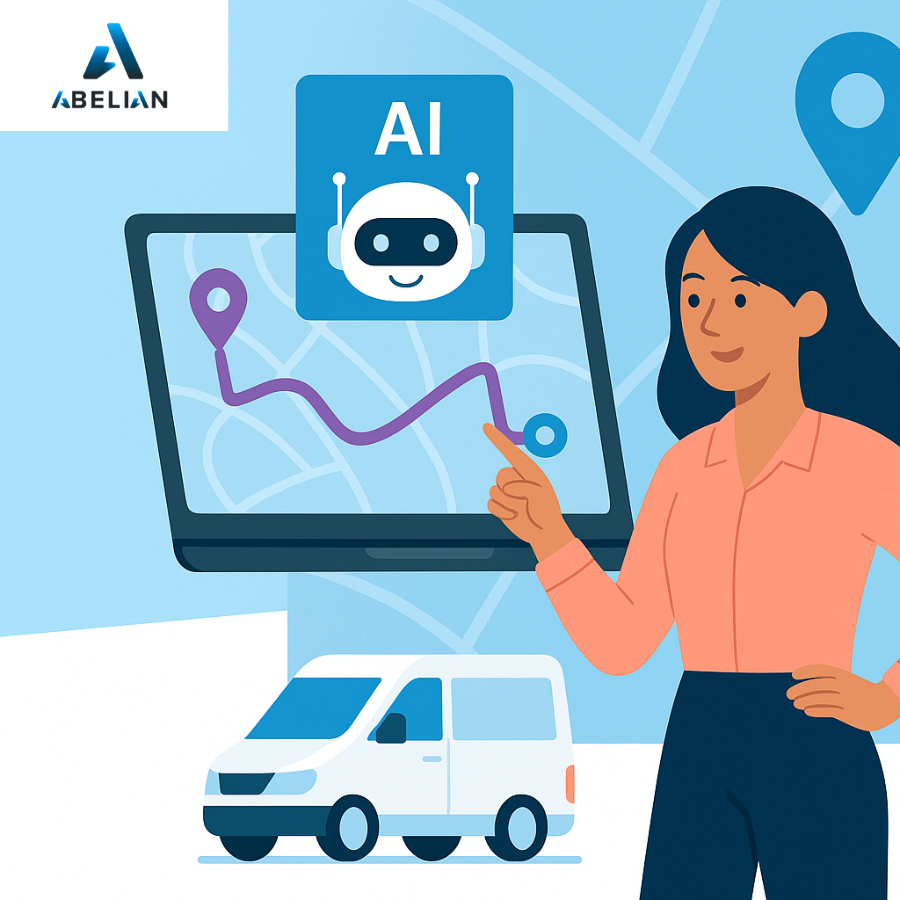In the recent years of the tech revolution, many people fear AI will replace human minds. However, the human mind is more than tissue and neurons, there is activity that cannot be seen with a microscope. The human mind allows us to go to the moon, feel pain, use common sense and fall in love, beyond what robots can be programmed to do.
Cognitive science is the study of the mind and its processes. In graphic creation or data visualization, artists rarely take into account the science of the mind’s process. However, the more we understand the mind machine, the better we can assist biological computation. Let’s take a look at how understanding the mind's process assists with data visualization and design thinking.
“With the advent of cognitive science, intelligence has become intelligible.”
Steven Pinker, How the Mind Works
3 Cognitive Science Principles to Impact Design Thinking
- Pictorial representations
- The Gestalt laws are compiled of 7 laws that expose the intellectual behavior of the mind as it pertains to pictorial representations. The law of similarity is the idea that when the brain computes similar items, it processes them as groups. The law of proximity states that if items are placed close enough to each other, the mind creates a group as well. The law of completion says that the brain can see parts of a shape and still complete the entirety of the shape. Imagery is important in aiding learning and also decision making. If data is visualized using clear laws, the mind begins to trust the data.
- Trust
- First impressions are very important, even in design thinking. If a person is out in the forest, they see a bear running towards them, the person would immediately run away. That is the human mind making a trust decision right off the bat. Humans have evolved from cavemen who lived to survive, and now we’ve evolved into a sophisticated species with the same ideation internally. People form trust based on first impressions. When looking at two different companies, the average person would choose a company who used a mature thoughtful font, rather than a comic sans font. Therefore, when creating work, artists should look at the first impression and make sure they are utilizing the initial trust that the mind creates.
- Belief and Desire
“Beliefs are a kind of information, thinking a kind of computation, and emotions, motives, and desires are a kind of feedback mechanism in which an agent senses the difference between a current state and goal state and executes operations designed to reduce the difference.” How the Mind Works is where humans differ from robots. Mechanical minds compute information faster because there is a point A and a point B. However, the human mind takes into account life experiences which add to a line of belief. Once beliefs can have an effect on decision making through the computation cycle. When visualizing data or functioning from design thinking, it is important to speak to beliefs and desires because that is one of the final phases in decision making for the mind. Belief and desire changes the way we understand information. Behavior is caused by belief and desire, when you speak to the desire of a human mind, you can trigger a behavior.
The study of cognitive science allows us to understand the way the mind… understands. If data visualization took into account pictorial representations, emotion, and belief and desire, more behaviors would be triggered. All in all, we can remain hopeful that robots will not take over the world because they cannot speak to the imagery, emotion, and desire of the human mind.






.png)


